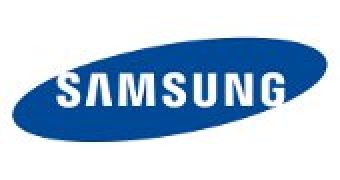Though NAND Flash memory is already known for the very high transfer speeds it can achieve, said speeds don't seem to be fast enough, at least not for a certain pair of memory makers. Toshiba and Samsung have apparently resolved to pool their resources and put together a faster DDR NAND Flash memory than the DDR1 NAND used today, whose interface is of 133 Mbps. The two will begin to experiment with DDR2 specifications and have already begun the standardization efforts for DDR2 NAND technology through the JEDEC Solid State Technology Association.
DDR2 NAND will have an interface of 400 Mbps, and this will obviously enable much higher transfer rates than is currently possible. As such, one can assume that next-generation consumer electronics and storage devices, not to mention mobile phones, will be quite fast. It is these market segments that Samsung and Toshiba hope to use as a leverage in order to enable wide acceptance of the new NAND.
“Our introduction of high-speed 30 nanometer class* NAND late last year served as an initial pathway for stimulating acceptance of the new high-performance toggle DDR technology,” said Dong-Soo Jun, executive vice president, memory marketing, Samsung Electronics. “Now, continual upgrades in high-speed performance will create new applications and broader market opportunities for NAND flash memory. The rapid adoption of fourth generation (4G) smartphones, tablet PCs and solid state drives is expected to drive demand for a broader range of high-performance NAND solutions.”
“Toggle DDR provides a faster interface than conventional NAND using an asynchronous design, delivering the benefits of high-speed data transfer to a wider market, such as for solid state drive (SSD) applications including enterprise storage, mobile phones, multimedia terminals and consumer products,” said Masaki Momodomi, Technical Executive, Memory product, Toshiba Corporation. “And we will continue to make the best effort possible to create standard, high-speed NAND Flash interface solutions with NAND vendors and customers, which will accelerate the revolution in storage applications.”

 14 DAY TRIAL //
14 DAY TRIAL //